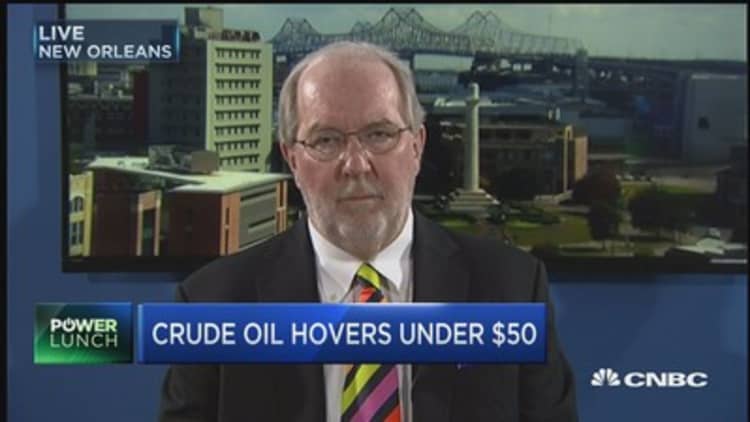
The Macquarie Group puts the chances of OPEC reaching a credible crude output agreement that boosts oil prices at 60 percent, but closely followed investor Dennis Gartman thinks those odds are too generous.
The Organization of the Petroleum Exporting Countries may produce a deal when it meets in Vienna on Nov. 30, but it's doubtful such an accord would achieve its aim of bolstering oil prices following a two-year downturn, The Gartman Letter's publisher told CNBC's "Power Lunch" on Thursday.
Gartman ticked off a number of obstacles to putting a floor under oil prices: The chief of Russian oil giant Rosneft continues to insist it will increase output; Iran is intent on restoring production following the lifting of sanctions this year and China's crude demand appears to be moderating.
"I think it's going to be difficult even if they get an agreement to put prices very much higher at all," Gartman said.
Sentiment surrounding an OPEC deal has dominated moves in crude prices since top exporter Saudi Arabia announced the effort last month. Futures came under pressure this week as Iraq said it wanted to be exempt from production quotas.
On Thursday, U.S. West Texas Intermediate crude prices snapped a three-day losing streak after Saudi Arabia and its Gulf allies told Russia they were willing to reduce their output by 4 percent from recent peaks. The Saudis are trying to convince non-OPEC producers like Russia to limit pumping, too.
The OPEC output cut premium is entirely baked into crude prices at this point, in Gartman's view.
"Maybe — maybe — we get spot WTI back to $52 again. I think that will be difficult. Maybe we get , the official international marker crude, to $54 again," he said, referencing the benchmarks' 2016 highs struck earlier this month.
The problem is prices for oil one year out are still $4.50 to $5 above front-month prices, Gartman said. Higher forward prices incentivize companies that hold crude to keep it in storage.
A $54 to $55 U.S. crude price will also make it more viable for producers of high-cost U.S. shale oil to resume drilling, Gartman said. It also allows them to hedge, or lock in a future price with buyers at levels that support increased drilling.


